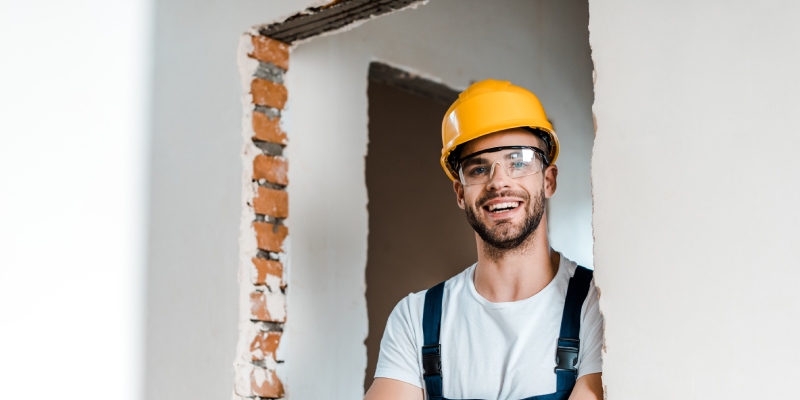There is no one way to approach a remodel, these helpful tips will help you pull off your remodel successfully and keep your budget intact.
Common Mistakes In Home Remodeling

KEEP READING...
1. Skip inspections
Do all the necessary inspections for your home, before you buy it such as electrical, HVAC, structures, roofs, plumbing termites. However, keep in mind that inspections are not free and add to the cost of the home buying process. The positive side is that you have an overview of the project in terms of the effort and financial resources you will need to invest in a house, you can make a decision based on this. This step will save you time and renovation costs for years to come.
2. Not considering the long-term needs of a home
Always think of children, pets and future buyers before tearing down walls or transforming any space like turning your back space into a swimming pool or changing the third bedroom into a master closet.
3. Ignore costly potential problems
Don’t let the gleaming impression of tile in a dream kitchen make you ignore a leaky roof, a crooked support beam, or cloudy basement stains. If a contractor is left analyzing the age or condition of your utilities, go ahead with your project and come up with a plan to replace them. There are two aspects to a remodel, the things you want to do and the things you have to do. Be sure to spend your hard-earned money on the things you need to do.
4. Hire the first contractor you meet
It is important to have at least three estimates on the work you need to complete. Ask for references from the person and confirm that they have completed quality work similar in style and age to yours. Keep in mind that these companies are doing important work for you and their skills will have a long-term impact on your investment.
5. Breaking down walls without preparing for what lies behind
The change of structural elements, the relocation of pipes and the transfer of public services are not cheap processes. Take each step very cautiously, and consider whether you’re willing to deal with any costly issues that may be covered when you start, especially in older homes.
6. Not hiring professionals
Think about whether your DIY skills are up to the task for a given project. Avoid wasting time and money on a project that you will have to pay someone else to do it over again.
7. Not checking neighborhood guidelines
By buying a house, you agree to comply with the respective regulations of the neighborhood association, regarding the exterior elements of the house. Go through the approval process before tearing down, adding. If you do not make sure you are pre-approved, you may be required to revert your project to its previous condition.
8. Underestimating the value of painting
A few coats of quality paint and primer on the walls is a cost-effective way to breathe new life into dark, musty and tired rooms. Also, if you have the time or the knowledge to do it, you can put your money aside to pay a professional to handle more difficult projects.








Recent Comments